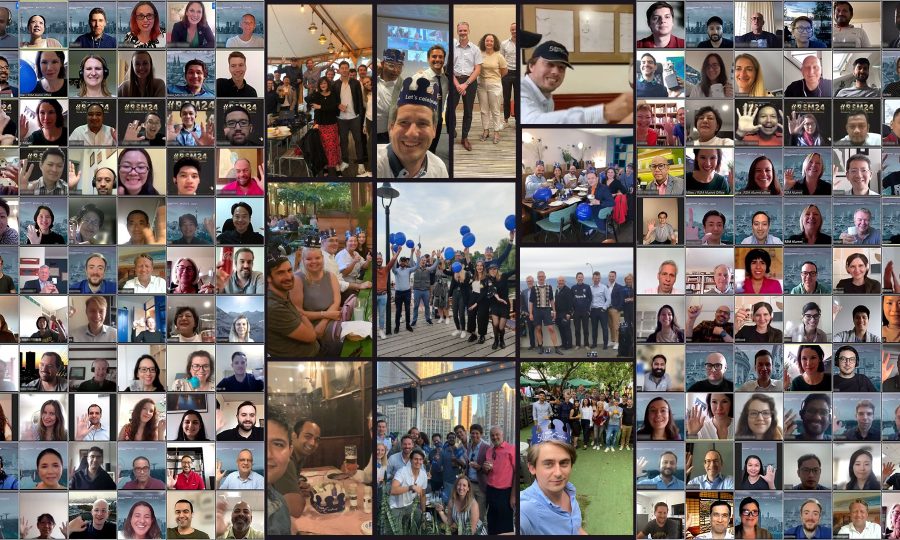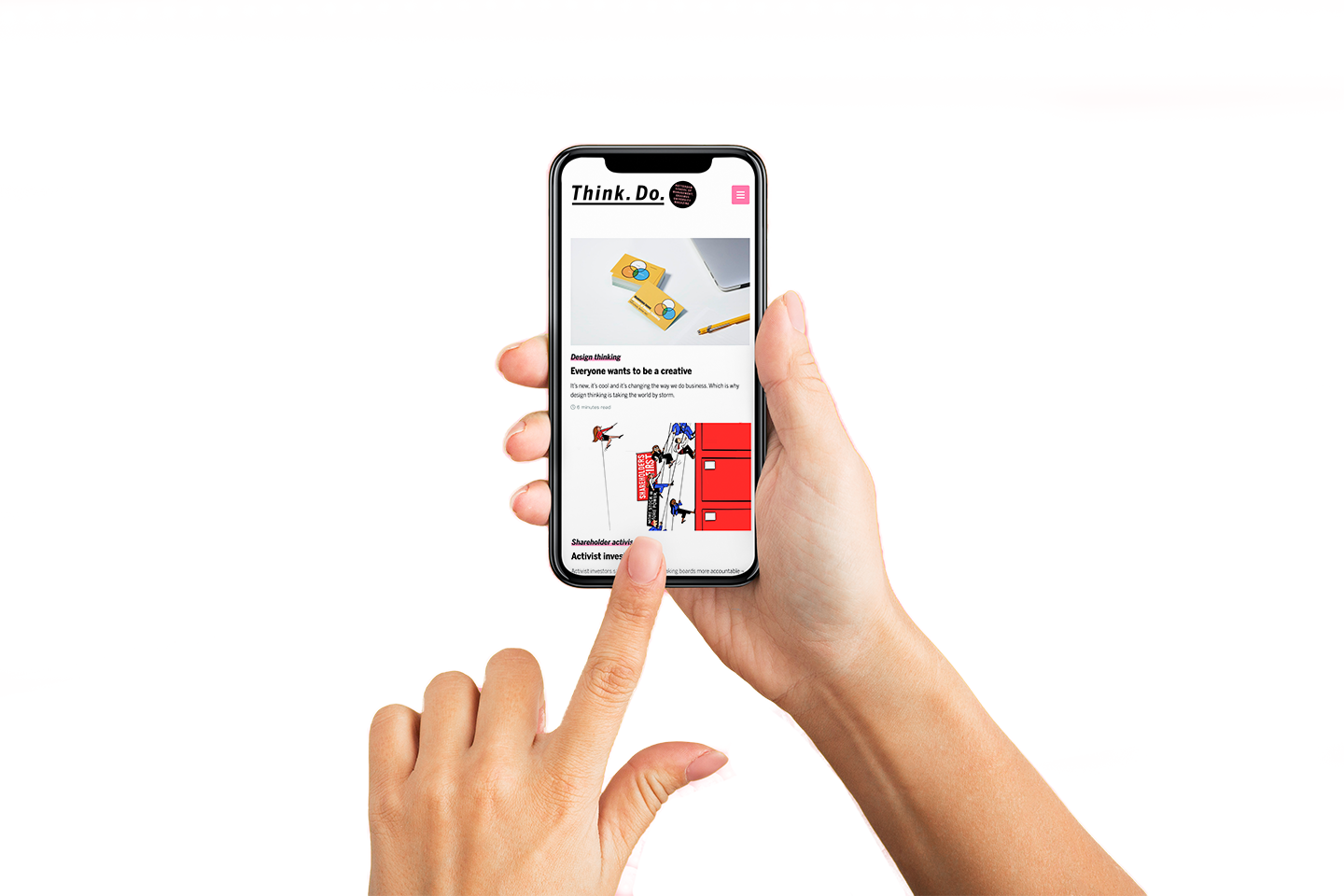More working from home is helping the telecoms industry
Sonia Harjani (MSc Marketing Management, 2012), Director at Sona Business Services, says telecommunications’ fast-evolving tech is challenging sector businesses large and small to keep ahead of the game.

The next decade will build on what we have now. Hybrid working models will become standard and so our provision will reflect that flexibility.
The past 18 months have seen many of us engage with a new world of technology from our own homes, with some surprising results.
But for those of us who work in communications directly, we have to focus on the next thing.
Take video conferencing – the new normal. A couple of years ago you might have scheduled a conference call with your staff, got a bridge number and they’d have dialled in with a PIN – but now video calling is the automatic choice. But what’s next? It’s just going to get better, more seamless over the next five to 10 years. Among the exciting developments is Microsoft Teams Direct, a routing system that connects phone numbers to the account. It means that you can link in employees who are on the move – even if they don’t get the pictures, they have reliable audio.
We’re also seeing businesses turn to private branch exchange (PBX) – cloud-based call centre systems that connect various internal and external devices and help make an organisation’s communication simpler and more robust. And that means a lot of cloud-based providers, such as Amazon’s AWS, are moving into the telecoms space. The tech giants can tempt businesses to these services with their brand and image but there are a lot of advantages with the smaller provider. If you’re going to take an SLA (service level agreement), especially 24/7, that will increase your cost tremendously. Plus, if something goes down, and all your customers lose connection, would you rather get through to the right person at the small provider straightaway, or spend ages going through a great long process at the tech giant to get to someone who can help?
These great innovations have raised customer expectations of what is possible and what we should provide. They will tell us, ‘My competitor is offering clients this option, can I offer it too?’ That makes our main challenge over the next few years staying ahead of new innovations, ensuring we can offer the service they want before they even realise it’s possible.
The next decade will build on what we have now. Hybrid working models will become standard and so our provision will reflect that flexibility. Fixed telephony will probably disappear for residential customers, but businesses will still need it for a centralised call centre. At Sona, we already offer a virtual PBX system that enables you to link that fixed number on your mobile number, and I think we’ll see a lot more integration of different types of messaging communication – SMS, WhatsApp, phone calls, emails will all interconnect to link people wherever they are and whatever platform they’re using.
Of course, with every new exciting technology comes new security risks. At Sona, we provide a number of solutions such as DDoS (distributed denial of service) protection and anti-fraud systems to block suspicious call patterns – while we will always need to remind our clients to take their own password security safely.
There’s a lot going on in telecoms, but the challenge for every player is to keep up with such fast-moving innovations. We need to invest in newer models, to upgrade, to keep up with the amazing tech advances we’re seeing every day in order to provide the ever-evolving service that suits our constantly changing world and its expectations.



